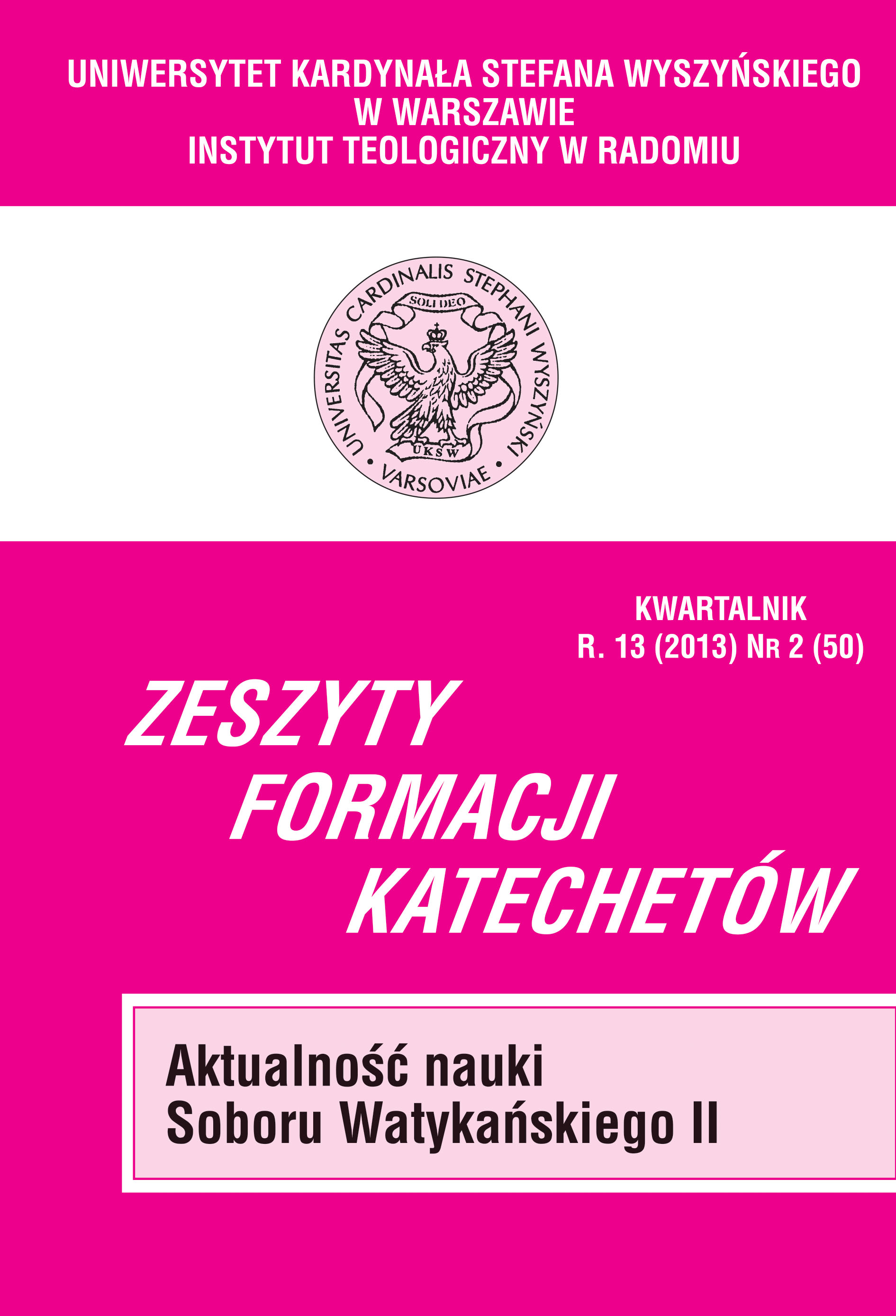Educational policy dialogue and its implementation in the family
Keywords:
familyAbstract
Inherent in the dialogue in the family is the ability to listen. There are four basic techniques of listening: listening passive, emphasizing attention, “openers” and encouragement, activelistening. Passive Listening is listening to her own child, which is a very important part of the emphasis on play. During a call, it must be demonstrated interest by acquiescence, smile, body movements. You have to give your child non-verbal signals. Youcan ask direct questions to the child can describe the problem in any aspect. It is important to give your child backlash to know that he is listened to and fully accepted. Active listening very positive effect on a relationship with another man. First feelings are friendly, because the parent accepts the child's feelings, so it takes more confidence, is also beginning to listen, show a greater sense of responsibility, it becomes an individual. The guiding principle is that there is no effective listening without complete acceptance of a person. Ready to talk to children depends on the degree of trust in their parents. Therefore, it is important to accept, leading to confidence. But keep in mind that in the area of compromise children are not willing to respect their ideas about the values and beliefs. Process of dialogue, or contact with another person cannot be interrupted, because each person's behavior, even silence, is the source of some information. This phenomenon is of particular importance in solid social relationships, and especially those which occur in the family. Both in the family and making it smaller subsystems numerous disturbances may occur in the process of communication between its members. Without a doubt, they can become the basis for the diagnosis of intrafamilial communication by a number of researchers such as psychologists, who every day deal with the exploration of this topic.
References
Balicki J., Rodzina, w: Słownik społeczny.
Barkley R. A., A theory of ADHD: inhibition, executive functions, self-control, and time, w: R. A. Barkley (red.) Attention-Deficit Hyperactivity Disorder, A handbook for diagnosis and treatment, New York, London 2000.
Bateson G., Jackson D., Haley D., Weakland J., Wstęp do teorii schizofrenii, w: K. Jankowski (red), Przełom w psychologii, Warszawa 1978.
Brodawka S., Przebaczenie, dostęp: http://www.siedlce.odnowa.org/katechezy/przebacze-nie – stan z dnia: 20.01.2013.
Cicirelli V. G., Feelings of attachment to siblings and well being in later life, „Psychology and Aging”, 4 (1989).
Cicirelli V. G., J. F. Nussbaum, Relationships with siblings in later life, w: J. F. Nussbaum (ed.), Life span communication. Normative processes, Hillsdale 1989.
Domachowski W., Interakcyjny model funkcjonowania społecznego, w: H. Sęk (red.), Społeczna psychologia kliniczna, Warszawa 1993.
Dudycz J., Chrześcijańska pomoc bliźniemu, dostęp: http://nowezycie.archidiecezja.wroc.pl/numery/102008/02.html – stan z dnia: 20.01.2013.
Gordon T. (tłum. A. Makowska, E. Sujak), Wychowanie bez porażek, Warszawa 1993.
Gordon T., Wychowanie bez porażek, Warszawa 2000. http://www.ksiegarnia.difin.pl/imgs_upload/fragment-Werbalne%20i%20niewerbalne.pdf?PHP-SESSID=2871a5b77857cf4f126e0365689a2f6a – stan z dnia: 20.01.2013.
Grygielski M., Style komunikacji rodzicielskiej a identyfikacja dzieci z rodzicami, Lublin 1994.
Gunia G., Pomoc i poradnictwo rodzinie dziecka z wadą słuchu, w: S. Mihilewicz (red.), Dziecko z trudnościami w rozwoju, Kraków 2005.
Haley J., Niezwykła terapia: techniki terapeutyczne Miltona H. Ericksona, M. Majchrzak, M. Przylipiak, (przekł.), Gdańsk 1995.
Harwas-Napierała B., Komunikacja interpersonalna w rodzinie, Poznań 2006.
Józefik B., Anoreksja i bulimia psychiczna. Rozumienie i leczenie zaburzeń odżywiania się, Kraków 1999.
Kądziołka W., Dialog wychowawczy pełnią wychowania personalistycznego w ujęciu księdza biskupa Piotra Bednarczyka, w: J. Stala, B. Połeć, Ut Gaudens Catechizem, 10. rocznica śmierci biskupa Piotra Longina Bednarczyka biskupa pomocniczego diecezji tarnowskiej, Tarnów 2011.
Kądziołka W., Dialog źródłem wychowania w rodzinie, Kraków 2012.
Kądziołka W., Rodzina źródłem komunikacji z Bogiem, Kraków 2011. http://www.persona.olsztyn.opoka.org.pl – stan z dnia: 20.01.2013.
Lubowicki K., Tajemnice życia rodzinnego, Kraków 2002.
Minuchin S., Baker L., Rosman B., Liebman R., Model of Psychosomatic Illness in Children, „Archives of General Psychiatry” 32 (1975).
Paluchowski J., Diagnoza psychologiczna, podejście ilościowe i jakościowe, t. 7, Warszawa 2001
Paszkiewicz A., Rozmowa wychowawcza, „Problemy opiekuńczo-wychowawcze”, 7 (2010).
Rostańska E., Dziecko i dorosły w rozmowie, Katowice 2010.
Satir V., Terapia rodziny, O. Waśkiewicz (przekł.), Gdańsk 2000.
Skorowski H., Dialog, w: Słownik społeczny, B. Szlachta (red.), Kraków 2004.
Skreczko A., Dialog wychowawczy w rodzinie, dostęp: http://www.wsm.archibial.pl/wsm14/art.php?id_artykul=163 – stan z dnia: 20.01.2013.
Śnieżyński M., Zarys dydaktyki dialogu, Kraków 1998.
Tischner J., Myślenie według wartości, Kraków 1982.
Winkler P., Dzielić się sobą jak chlebem, dostęp:http://www.bkaznodziejska.pl/nr/sugestie_homiletyczne/17_niedziela_zwykla/dzielic_sie_soba_jak.html – stan z dnia: 20.01.2013.
Wojciechowski F., Dziecko umysłowo upośledzone w rodzinie. Studium porównawcze, Warszawa 1990.
Downloads
Published
How to Cite
Issue
Section
License
Copyright (c) 2013 KATECHISTS' PERIODICAL

This work is licensed under a Creative Commons Attribution-NonCommercial-NoDerivatives 4.0 International License.

